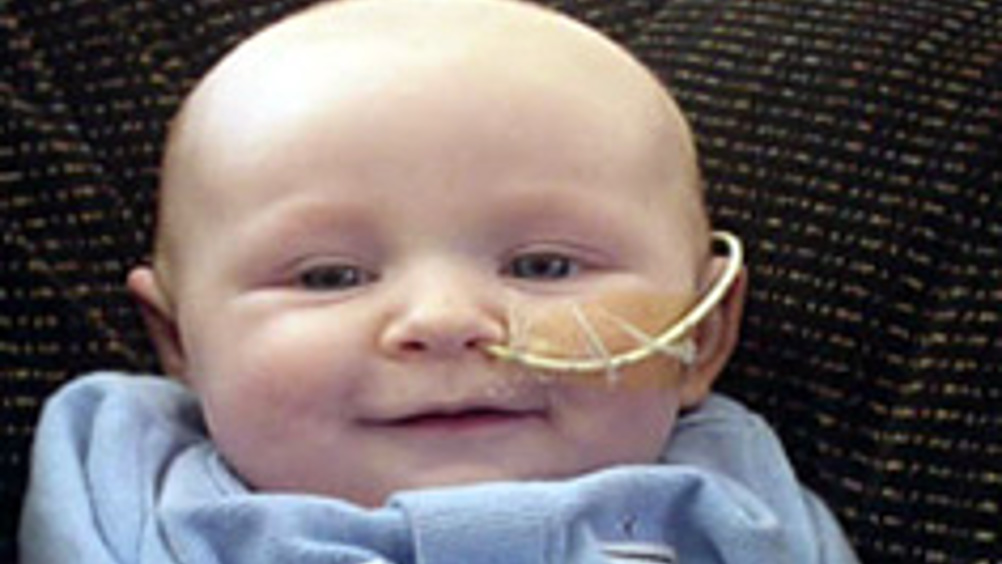Grant means researchers eye markets for new feeding tube
Hull University researchers have won a National Institute for Health Research Invention for Innovation grant worth £640,000 to develop a unique feeding tube prototype into a market-ready product.

It means that critically ill patients that need to be fed through nasogastric tubes will be able to receive safer and more secure treatment. Feeding patients via tubes is common practice in hospital wards, neonatal and intensive-care units, and in homes where parents are caring for children with diseases, or who have a disability that means they cannot eat normally.
Feeding tubes usually need to be inserted into the stomach, but because there is currently no definitive, safe and reliable method of verifying where the tube is being placed, they can sometimes be misplaced. If they are inserted into the lungs, for example, this can lead to serious and sometimes fatal consequences.
Now, the team from Hull University is setting out to create a fail-safe detection mechanism for the placement of feeding tubes that is reliable and cheap to manufacture.
The university team is made up of Barbara Elliott, senior lecturer in Nursing in the Faculty of Health and Social Care, Prof John Greenman, director of the Clinical Biosciences Institute, Dr Jay Wadhawan, lecturer in chemistry, Dr Robert Singh, commercial development officer and John MacFie, Prof of Surgery in the Postgraduate Medical Institute.
Register now to continue reading
Thanks for visiting The Engineer. You’ve now reached your monthly limit of news stories. Register for free to unlock unlimited access to all of our news coverage, as well as premium content including opinion, in-depth features and special reports.
Benefits of registering
-
In-depth insights and coverage of key emerging trends
-
Unrestricted access to special reports throughout the year
-
Daily technology news delivered straight to your inbox










Water Sector Talent Exodus Could Cripple The Sector
Maybe if things are essential for the running of a country and we want to pay a fair price we should be running these utilities on a not for profit...